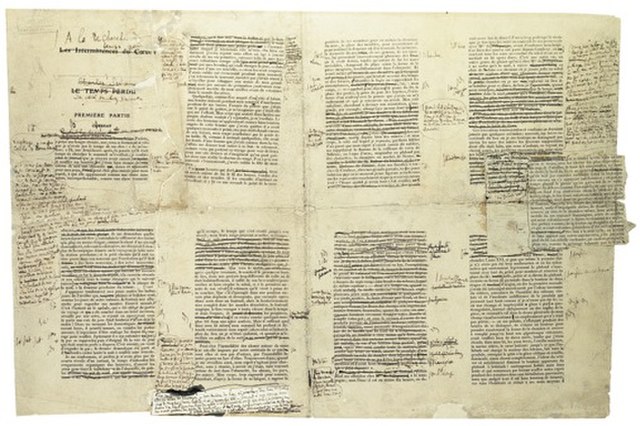Copy editing is the process of revising written material ("copy") to improve quality and readability, as well as ensuring that a text is free of errors in grammar, style and accuracy. The Chicago Manual of Style states that manuscript editing encompasses "simple mechanical corrections through sentence-level interventions to substantial remedial work on literary style and clarity, disorganized passages, baggy prose, muddled tables and figures, and the like ". In the context of print publication, copy editing is done before typesetting and again before proofreading. Outside traditional book and journal publishing, the term "copy editing" is used more broadly, and is sometimes referred to as proofreading; the term sometimes encompasses additional tasks.
Example of non-professional copy editing in progress
In printing and publishing, proofs are the preliminary versions of publications meant for review by authors, editors, and proofreaders, often with extra-wide margins. Galley proofs may be uncut and unbound, or in some cases electronically transmitted. They are created for proofreading and copyediting purposes, but may also be used for promotional and review purposes.
First galley proof of A la recherche du temps perdu: Du côté de chez Swann with handwritten revision notes by Marcel Proust
Correcting after a galley proof. The Netherlands, 1965.



